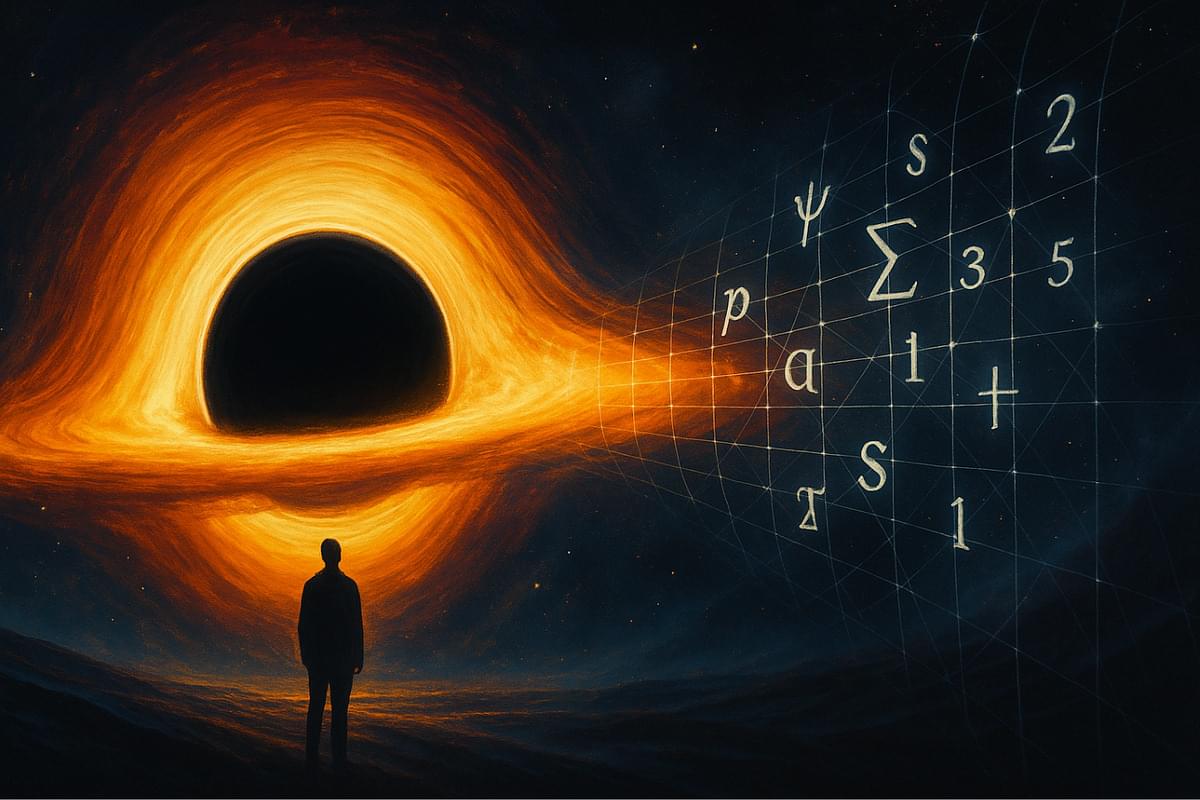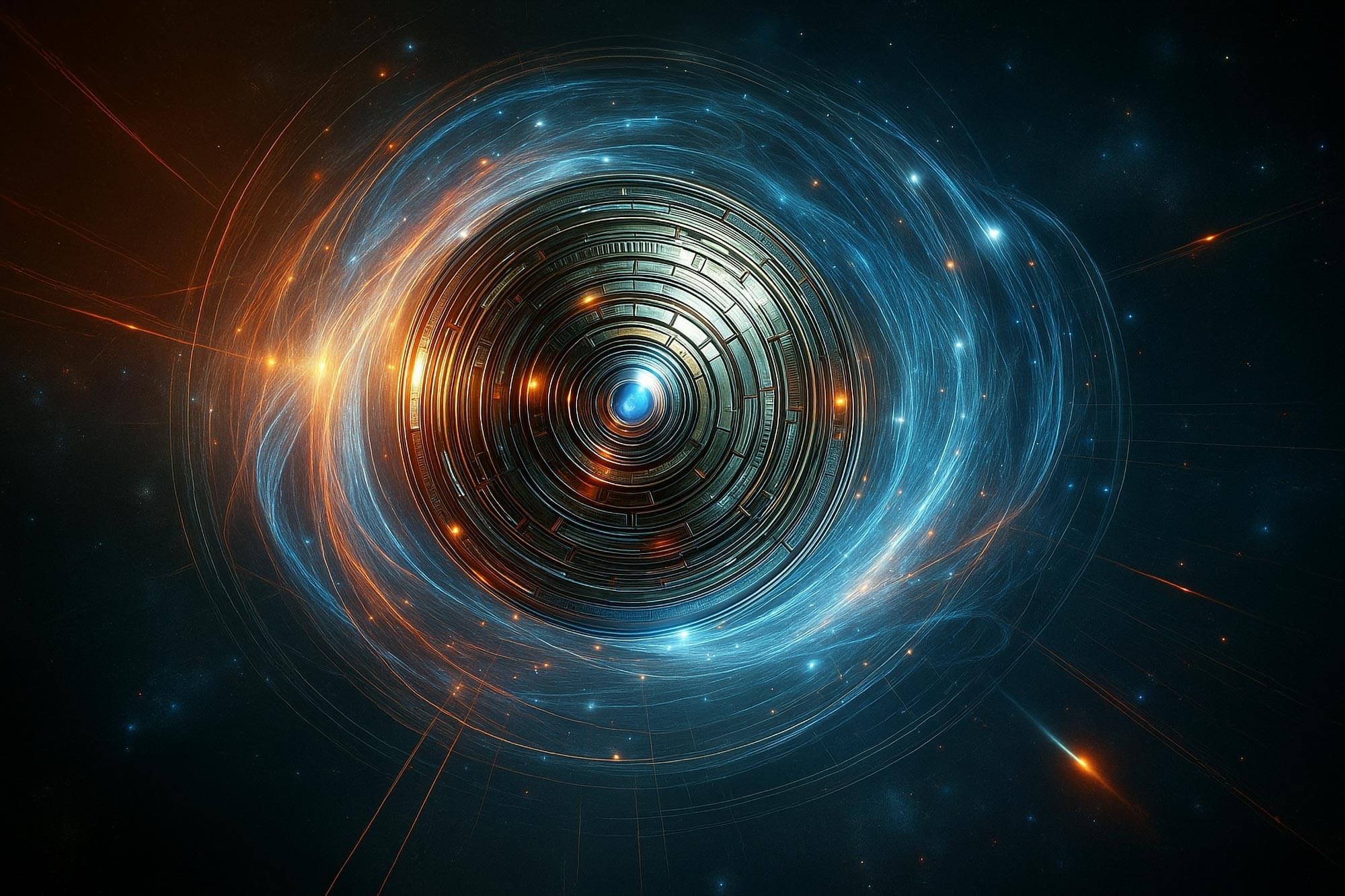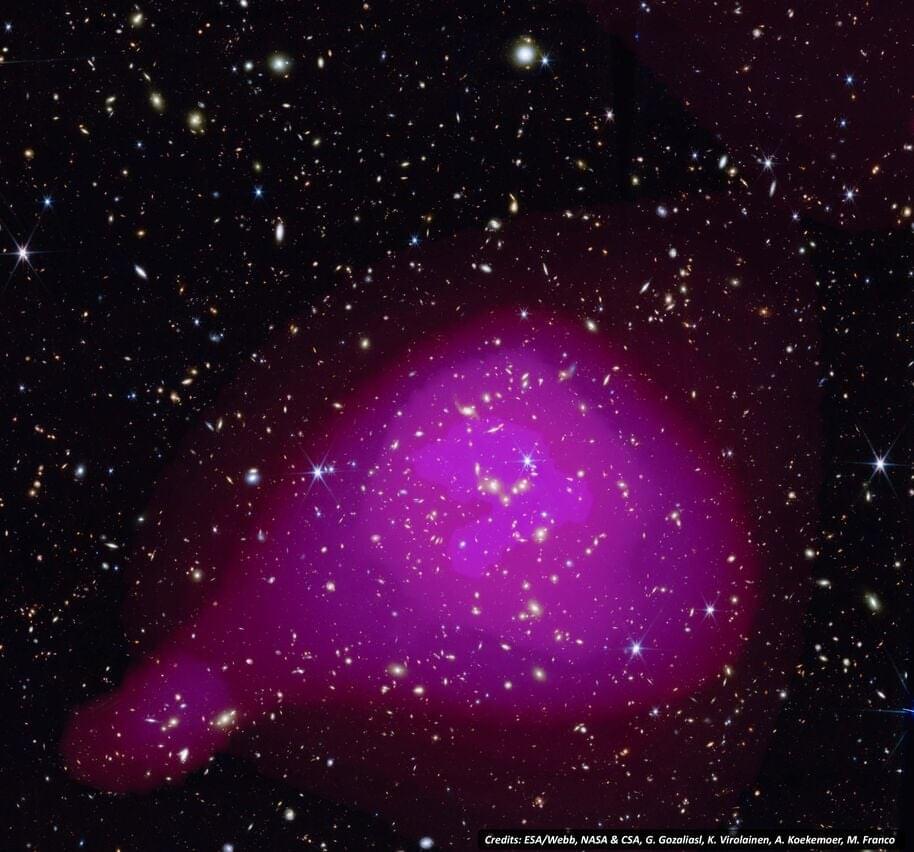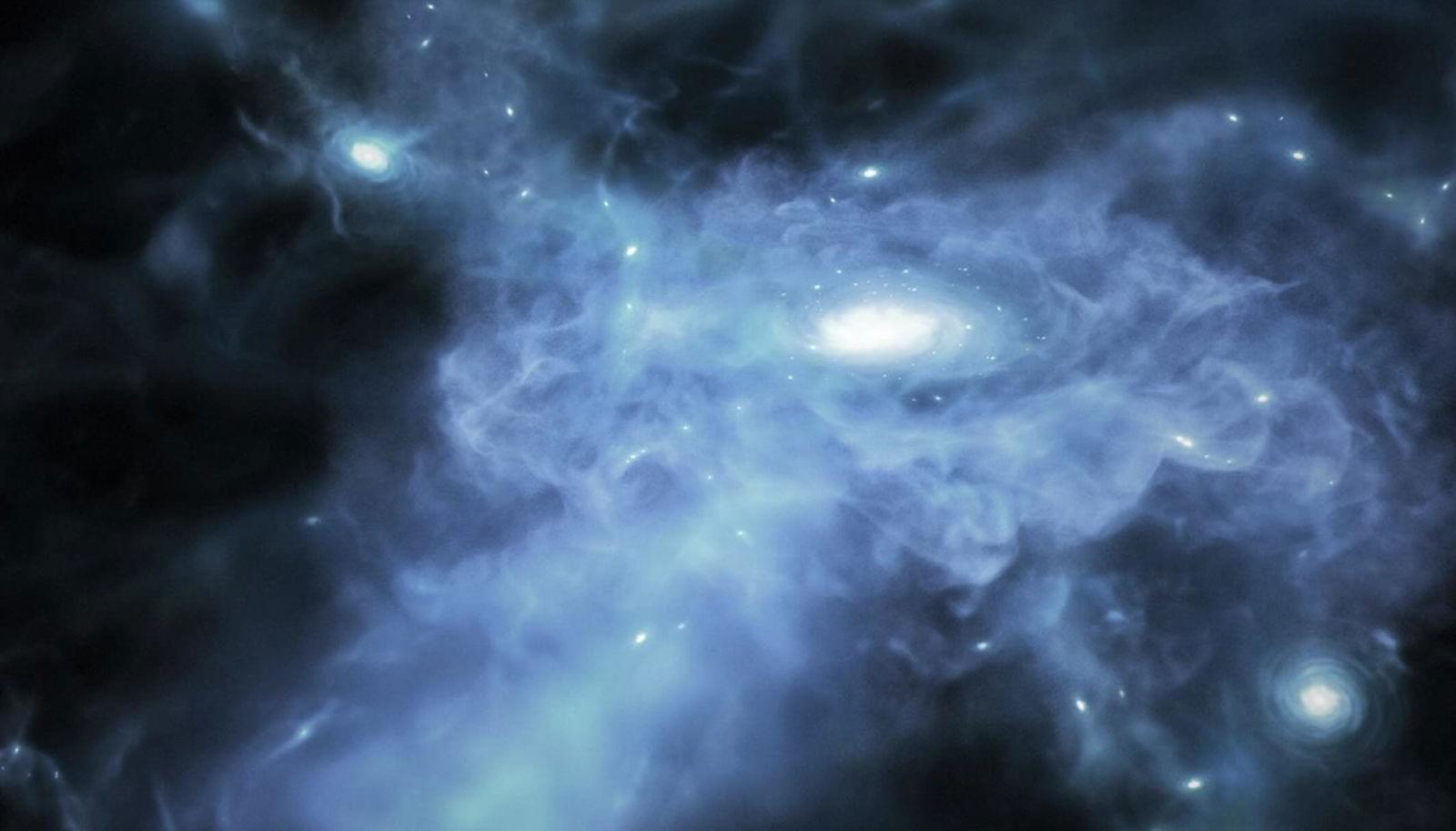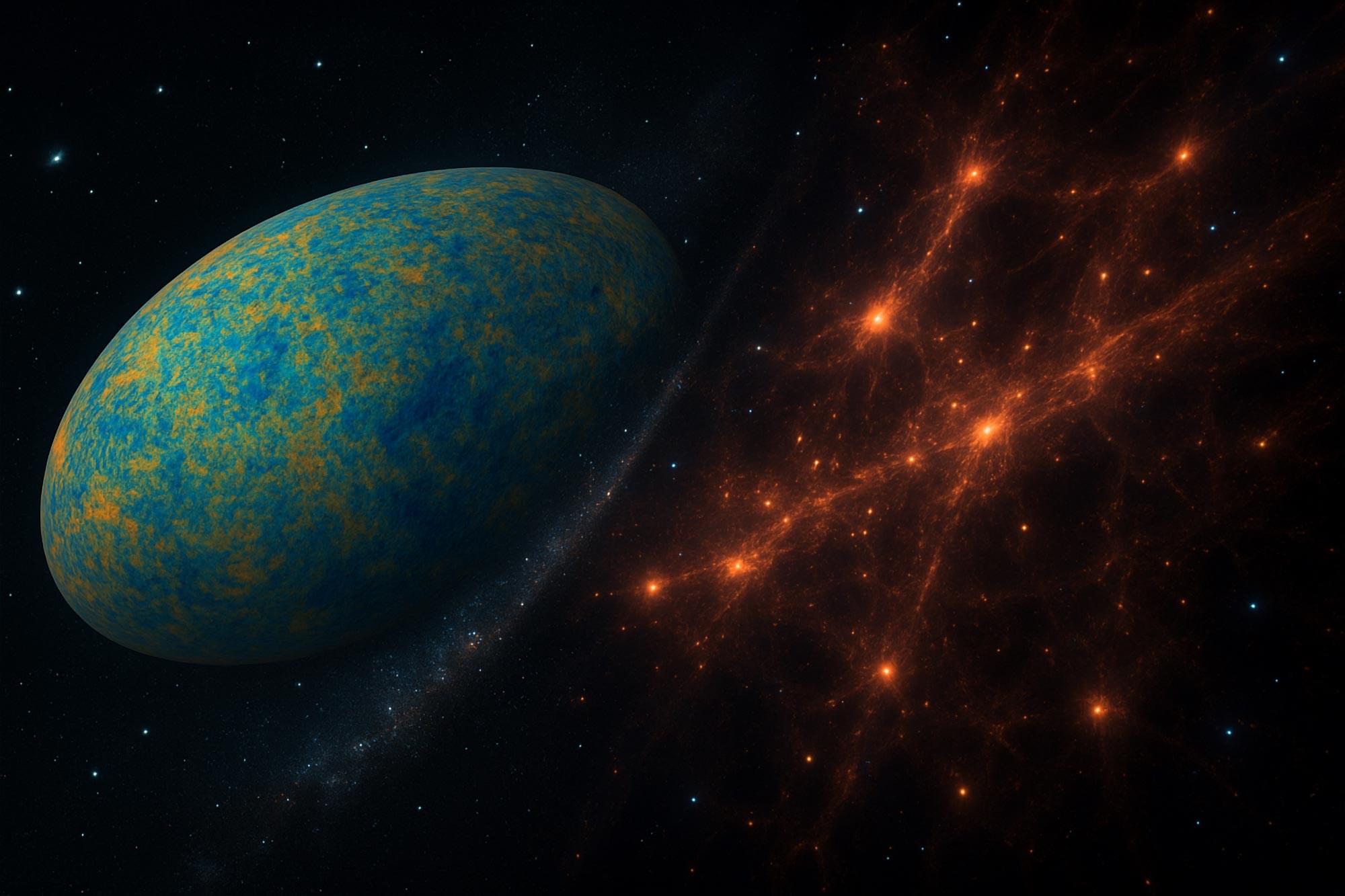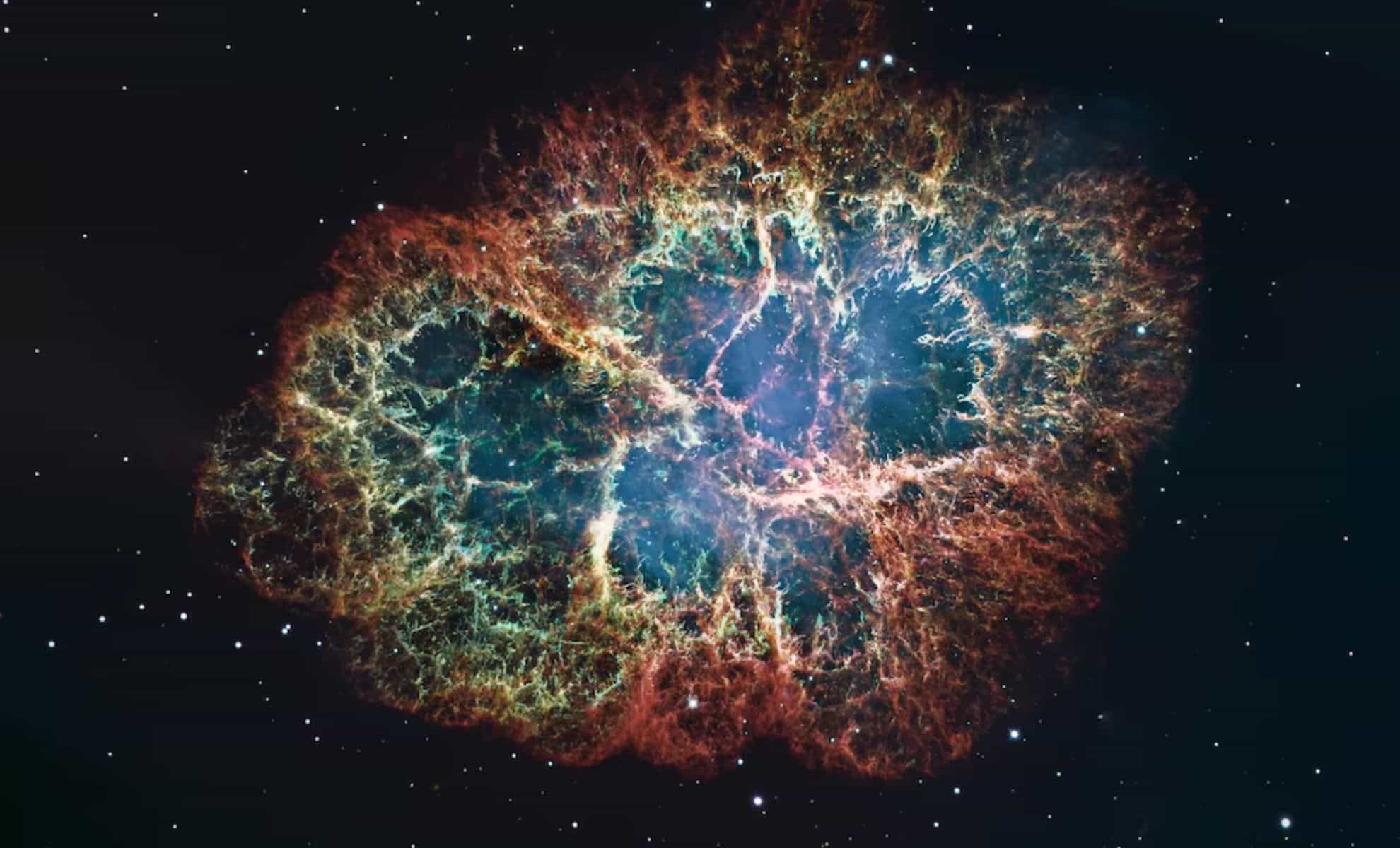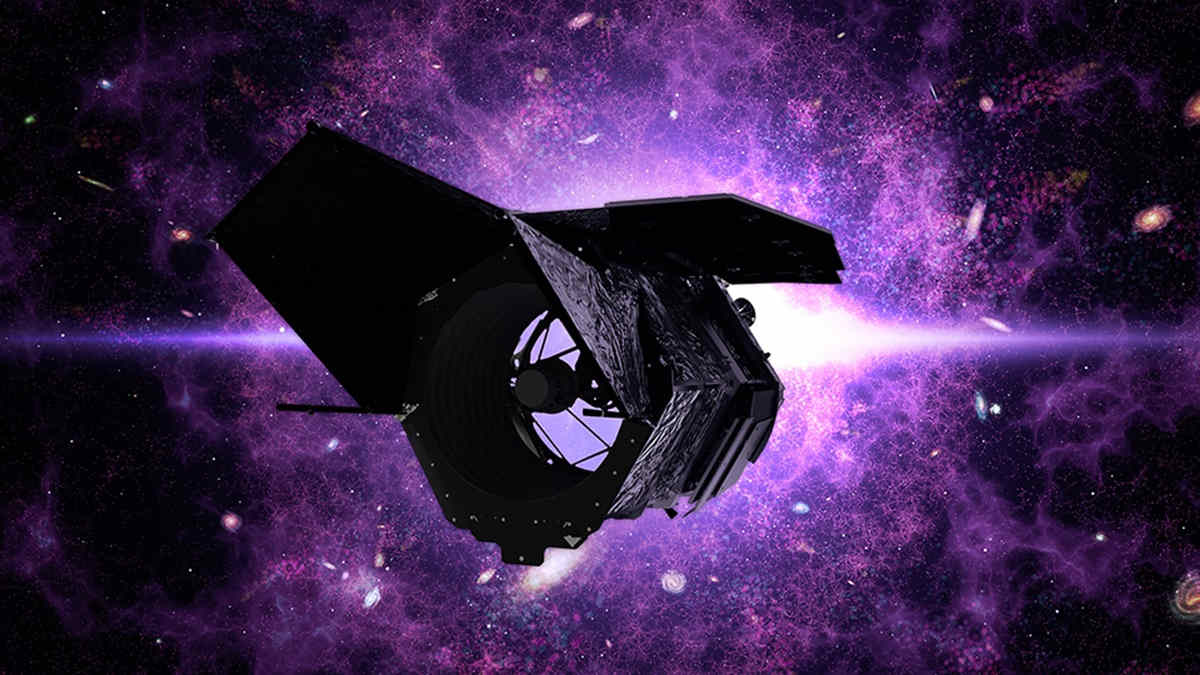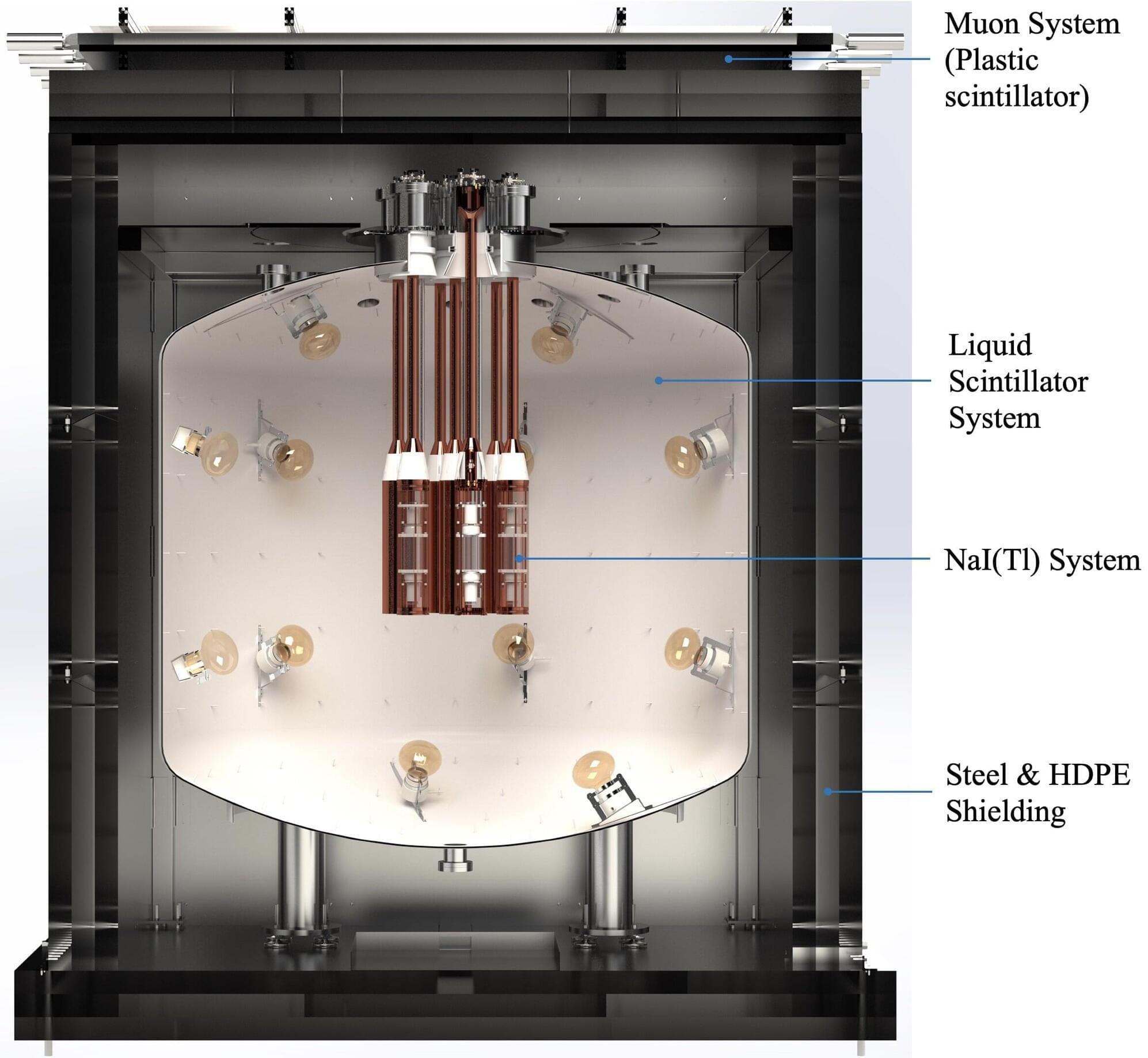The quantum black hole with (almost) no equations by Professor Gerard ‘t Hooft.
How to reconcile Einstein’s theory of General Relativity with Quantum Mechanics is a notorious problem. Special relativity, on the other hand, was united completely with quantum mechanics when the Standard Model, including Higgs mechanism, was formulated as a relativistic quantum field theory.
Since Stephen Hawking shed new light on quantum mechanical effects in black holes, it was hoped that black holes may be used to obtain a more complete picture of Nature’s laws in that domain, but he arrived at claims that are difficult to use in this respect. Was he right? What happens with information sent into a black hole?
The discussion is not over; in this lecture it is shown that a mild conical singularity at the black hole horizon may be inevitable, while it doubles the temperature of quantum radiation emitted by a black hole, we illustrate the situation with only few equations.
About the Higgs Lecture.
The Faculty of Natural, Mathematical & Engineering Sciences is delighted to present the Annual Higgs Lecture. The inaugural Annual Higgs Lecture was delivered in December 2012 by its name bearer, Professor Peter Higgs, who returned to King’s after graduating in 1950 with a first-class honours degree in Physics, and who famously predicted the Higgs Boson particle.
